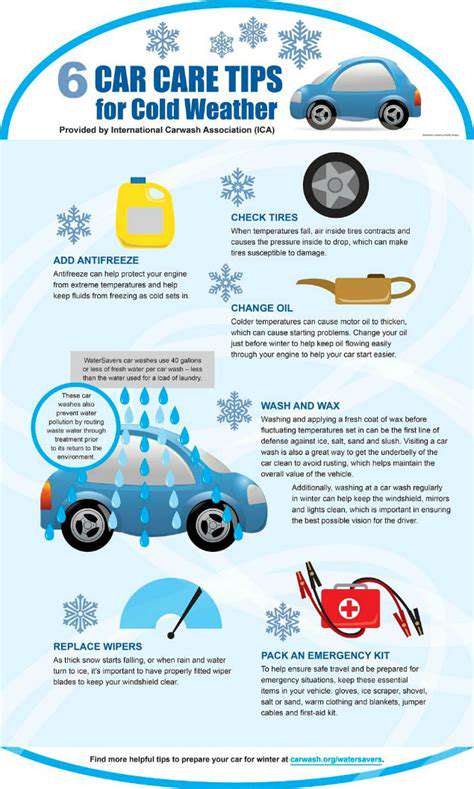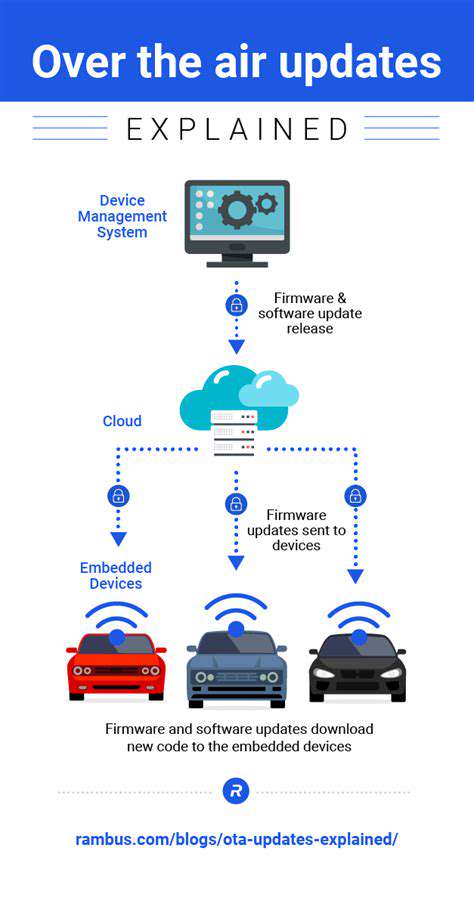The Achilles' Heel of Self-Driving Cars: Crumbling Roads and Outdated Systems
Our streets weren't built for robot drivers. While engineers design futuristic autonomous vehicles, they're forced to navigate pothole-ridden roads designed for human drivers decades ago. Traffic lights that can't communicate with cars, faded lane markings that confuse sensors, and spotty 5G coverage create a minefield of potential failures. This mismatch between cutting-edge technology and antiquated infrastructure isn't just inconvenient - it's downright dangerous. Until we address these fundamental flaws, truly autonomous driving will remain stuck in the slow lane.
The Data Dilemma: Why AVs Need More Than Just Miles of Experience
Training these robotic drivers requires an unimaginable amount of diverse data - not just millions of miles, but millions of different scenarios. Current datasets might cover sunny California highways well, but what about blizzards in Chicago or monsoon rains in Mumbai? The real challenge lies in capturing the unpredictable nature of human behavior - that sudden jaywalker, the distracted cyclist, or the construction worker waving cars through a makeshift detour. Processing this flood of real-world complexity demands computing power that still pushes the limits of current technology.
Legal Limbo: Who's Responsible When the Car Crashes Itself?
The law moves at glacial speed compared to technology. While AV prototypes hit the streets today, our legal system still operates on assumptions from the horse-and-buggy era. When an autonomous vehicle makes a decision that leads to an accident, is it the programmer's fault? The manufacturer's? The owner's? This gray area creates hesitation among both developers and potential buyers. Clear regulations aren't just bureaucratic red tape - they're the guardrails that will allow this technology to move forward safely and responsibly.
Winning Over Skeptical Passengers: The Human Factor in AV Adoption
Technology might be ready before people are. Many drivers eye autonomous vehicles with a mix of skepticism and outright fear, worried about surrendering control to algorithms. Others fear job losses or privacy invasions from always-connected cars. Overcoming these concerns requires more than technical demonstrations - it demands transparent communication and real-world proof of safety. The most advanced self-driving system won't succeed if people refuse to use it.
The Tower of Babel Problem: Getting Machines to Speak the Same Language
Imagine if every traffic light used a different signaling system - that's essentially the challenge facing AV integration today. Without universal communication standards, a Ford's autonomous system might not understand signals from a BMW or infrastructure sensors. This interoperability nightmare could stall widespread adoption until manufacturers and governments agree on common protocols.
Digital Hijackings: The New Age of Car Theft
As cars become rolling computers, they inherit all the vulnerabilities of connected devices. Hackers could potentially take control of steering systems, manipulate sensor data, or hold entire fleets for ransom. The stakes are infinitely higher than a stolen laptop - we're talking about multi-ton vehicles moving at highway speeds. Cybersecurity can't be an afterthought; it must be baked into every layer of AV design from day one.

In today's digital landscape, organizations face relentless threats from data breaches, regardless of their size or industry. While encryption remains a cornerstone of data protection, it's crucial to recognize its limitations. Encryption primarily serves as a guardian of confidentiality, restricting access to sensitive information only to authorized individuals. Yet, even the most robust encryption can't prevent breaches if the underlying data integrity is undermined. Data integrity ensures information remains accurate, complete, and consistent throughout its entire lifecycle - from initial entry to storage and eventual retrieval. This requires implementing rigorous validation processes at every stage to prevent unauthorized alterations or corruption.











